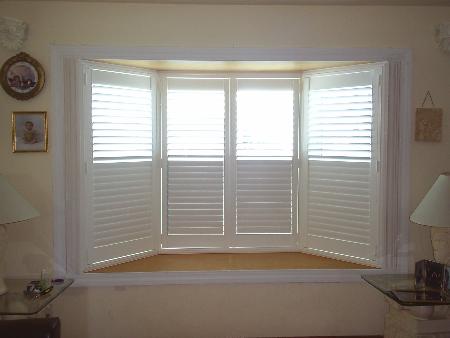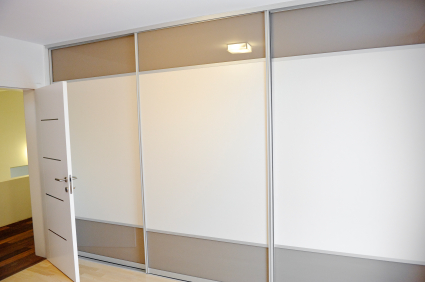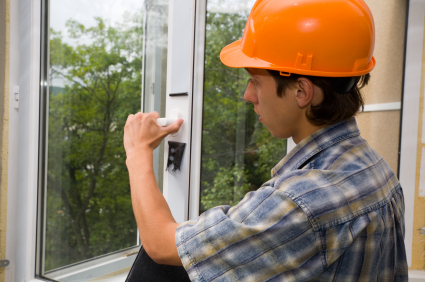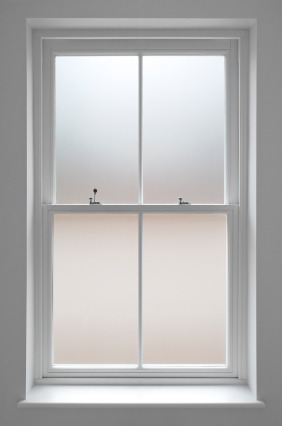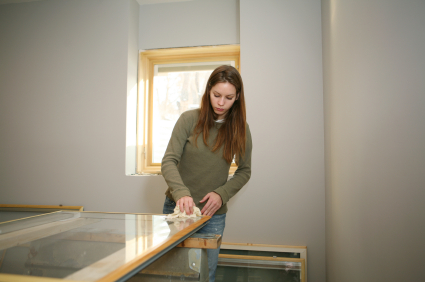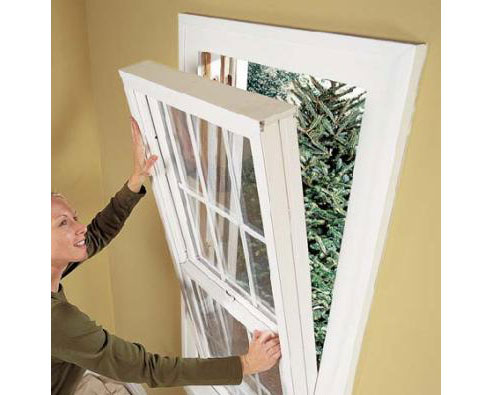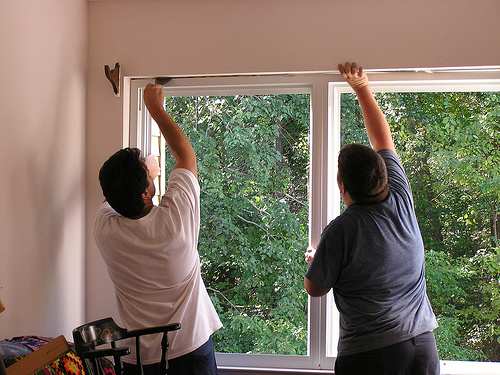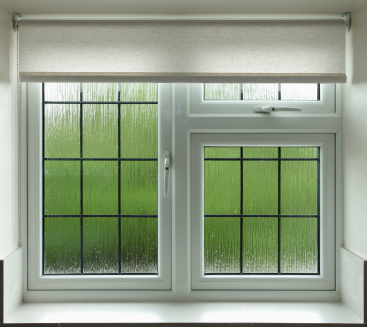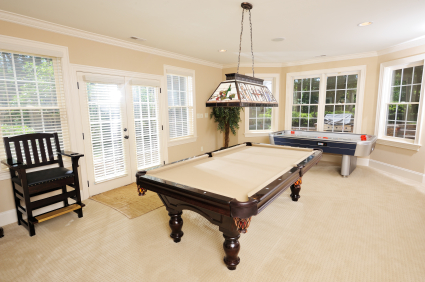Measuring blinds for bay windows is fairly easy and can be done at home. There are many types of bay windows including Roman bay windows and vertical bay windows. The following steps cover how to properly install and measure your blinds for bay windows.
Measuring blinds for bay windows:
1. Pick out your blinds of choice
2. Place the blinds in the left, center and right panels. The intersection points of the blinds should be your key focus when measuring.
3. Notice the points of intersection and measure how long the left panel must be to properly fit in place from the intersection point marked A to the opposite end of the left panel (the window frame). This is the length of the left blind.
4. Measure the far end of the right blind (the window frame) to the intersection point marked B. This is the length of the right panel.
5. The length of the center panel is the measurement between intersection points A and B.
6. When taking into account the brackets, add 2 inches to the height.
7. Place the outside mounts directly outside the window frame.
Because there will inevitably be a gap due to the nature of the angles of bay windows, it is best to have a professional install the windows. This will reduce the amount of gapping and the amount of light leaking into the room. Use TalkLocal to be connected for free to a professional in your area within minutes.

